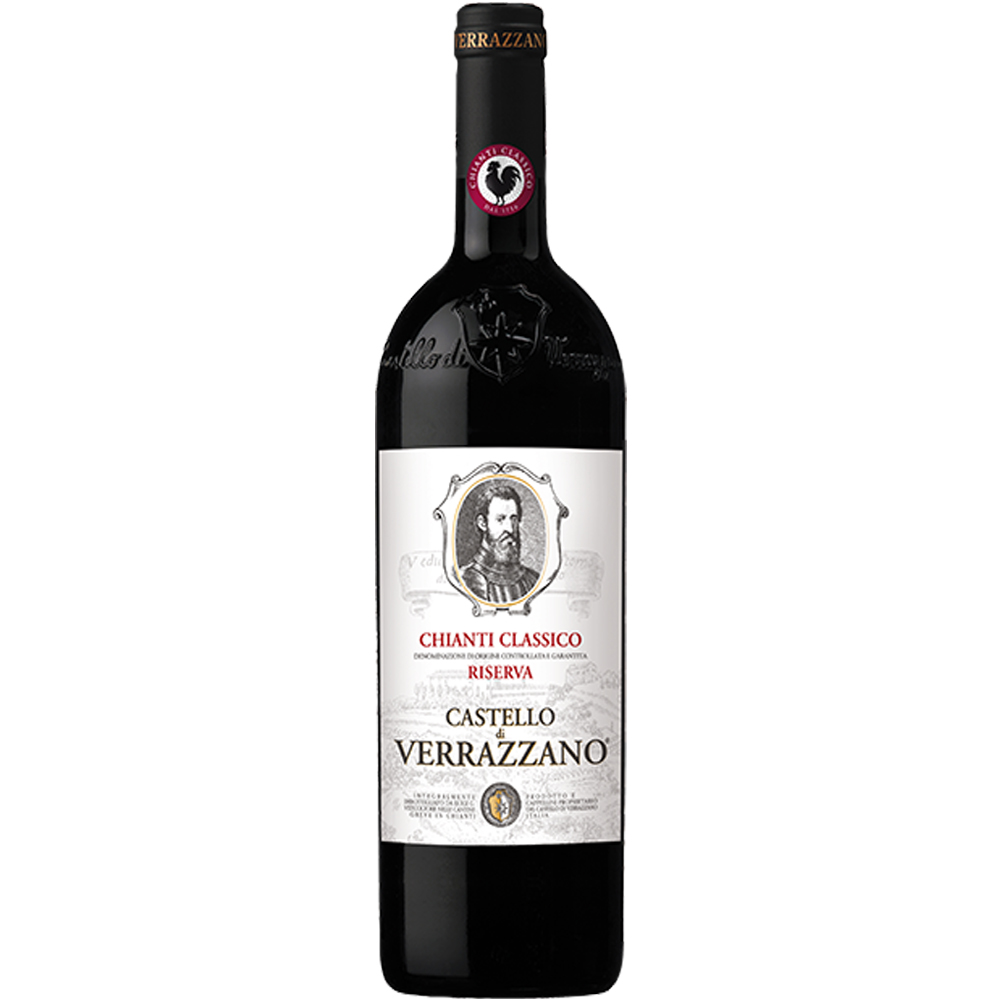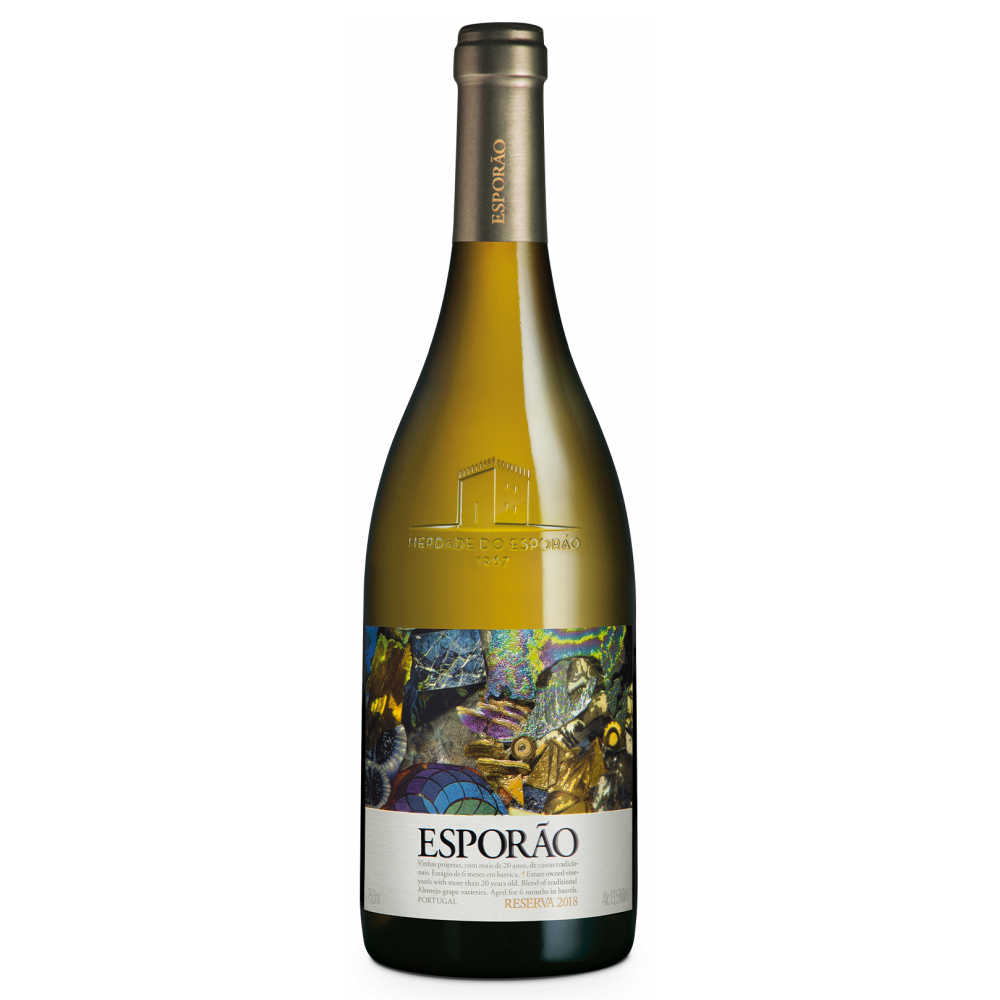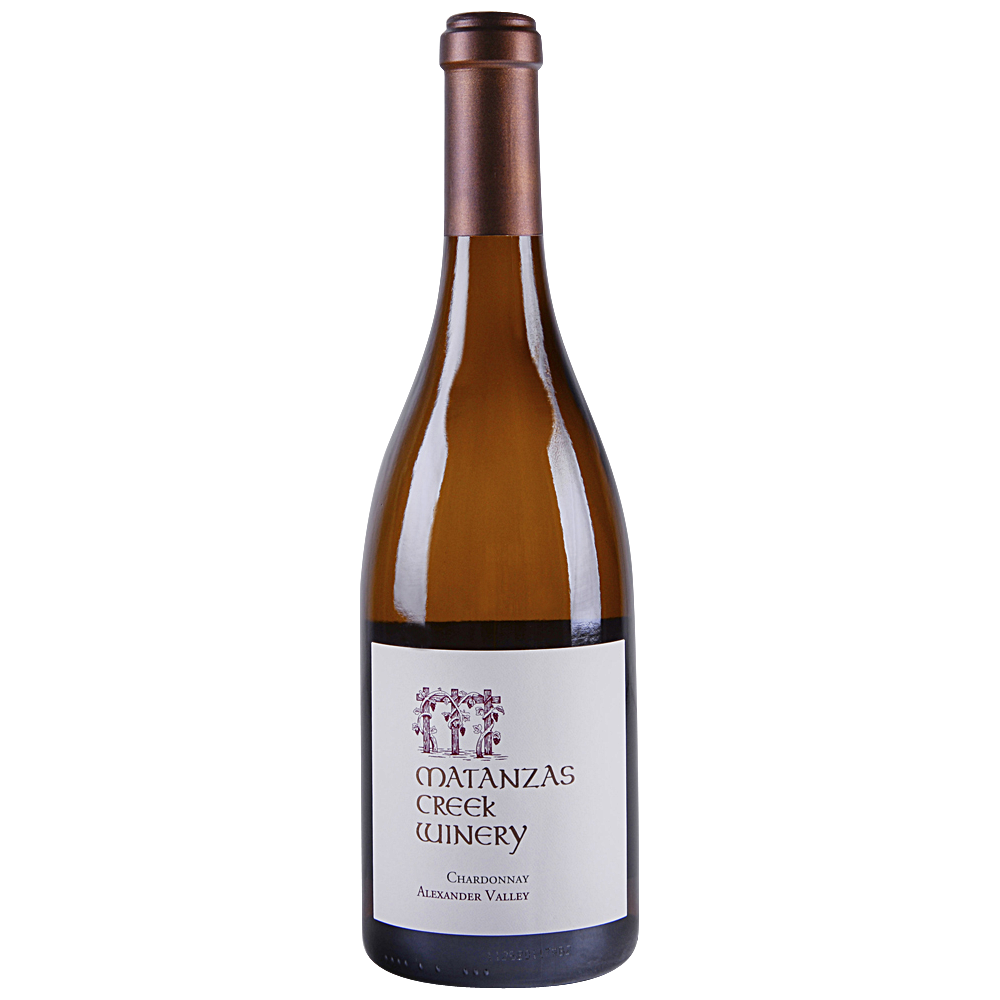2015 Castello Di Verrazzano Chianti Classico Riserva
2015 Castello Di Verrazzano Chianti Classico Riserva In terms of color, this 2015 wine takes on a deep, dark purple in youth, tending gradually to garnet over time. On the nose, richly perfumed, aroma of violets and cherry. On the palate, smooth and elegant with opulent flavors reminiscent of ripe plums, sour cherries and other red berry fruit; with its extended aging capacity, it develops in complexity and finesse.
Castello Di Verrazzano
The Castle of Verrazzano is located in Greve in Chianti, in the heart of the Chianti Classico area, between Florence and Siena.
Initially the Castle was an Etruscan then a Roman settlement and it has remained within its boundaries for over 1000 years: it has represented a firm and safe post in an area interested for many centuries by political and dynastic conflicts.
There is a great tradition of winemaking here: the “vineyards situated in Verrazzano” are mentioned in a manuscript which dates back to 1150 and is preserved at the abbey of Passignano (wrongly reported as “1170”).
The Castle became the property of the Verrazzano family in the VII century. Giovanni da Verrazzano, the navigator and discoverer of the bay of New York and of the majority of the East coast of nowadays U.S. was born here in 1485. The famous bridge in New York between Brooklyn and Staten Island was named after him in 1964.
The important Florentine family of Ridolfi succeeded to the Verrazzanos after the death of the last descendant, in 1819. In the 20’ of 1900 Luigi Ridolfi promoted the building of the Football Stadium in Florence and in 1926 he founded the Fiorentina, the football team of the city of Florence. Ridolfi was the President of the Athletic Association and in 1936 he allowed the National Athletic team to train at Verrazzano for the Olympic Games.
1958 the Cappellini family took over the Castle on the road of decadence and brought it back it to its former glory by restoring the villa and rebuilding the agricultural tissue and the vineyards, according to an ancient model, respecting the historical and architectonic features of the place.
Cavalier Cappellini understood since the beginning the importance of the history and the beauty of the Chianti area for a better promotion of farming productions. He laid the foundations for that awareness that inspired the institution of the Agritourism practice.
Related products
2019 Umani Ronchi San Lorenzo Rosso Conero 2019 Umani Ronchi San Lorenzo Rosso Conero Has a brilliant ruby red color with garnet tints. The nose is sweet, predominantly fruity, with typical notes of morello cherry. Rich and pulpy in the mouth, flavourful and pleasantly harmonious, with silky tannins. The long finish is austere and intensely [...]
Wines!
SAVE 36% 98pts Andrew Jeffords Decanter




